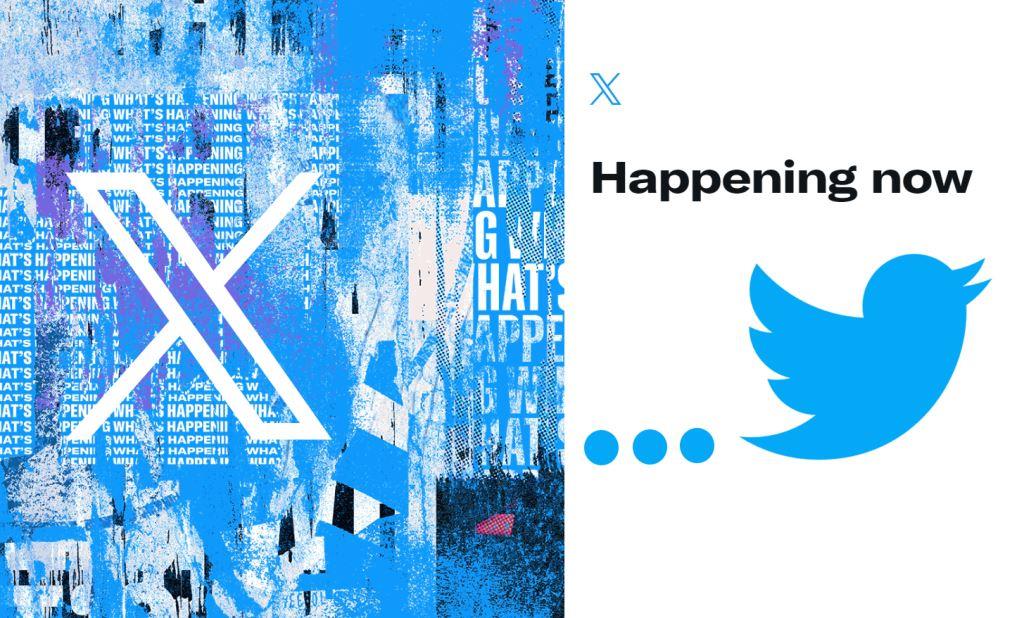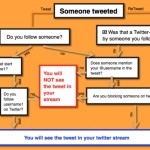
Twitter has been in a state of flux ever since Elon Musk’s takeover in October 2022. The billionaire entrepreneur has promised to make the platform a bastion of free speech, but his plans have been met with mixed reactions.
In the months since Musk took over, Twitter management has been reeling with issues ranging from firing of employees worldwide to the controversial hiring of new CEO. In light of the recent rebranding of Twitter with a new logo which merely posits an ‘X’, here’s the series of concerns which plague the social networking platform today:
Challenges in monetizing the platform
Twitter has struggled to make money from its advertising business. In 2022, the company’s revenue was $5.08 billion, but its net loss was $221 million. Musk has said that he wants to make Twitter more profitable, but it remains to be seen how he will achieve this. Unlike other social media giants like Facebook and Instagram, Twitter has found it difficult to leverage its vast user base and convert it into substantial advertising revenue. The platform’s character limit and the fast-paced nature of tweets made it challenging for brands to deliver impactful advertisements, leading to a slower growth in ad revenue compared to its competitors.
Internal issues of employee dissatisfaction
We all saw how the Twitter layoffs triggered one of the largest firing sprees in the Silicon Valley. Twitter even closed some of its overseas offices or sent the minimalistic staff to work from home. Behind the scenes, Twitter has been grappling with internal issues related to employee dissatisfaction. Reports of workplace toxicity, lack of diversity, and issues with management surfaced, tarnishing the company’s image as a progressive and inclusive employer. These problems led to talent retention challenges and hindered the company’s ability to innovate and stay competitive.
The very nature of Twitter as a social network
Twitter is a unique social network. Twitter’s characteristic of real-time, public microblogging, and the brevity of tweets has been both its strength and weakness. While it allowed users to share information and opinions quickly, it also opened the floodgates to misinformation, abuse, and trolling. Maintaining a balance between free speech and curbing harmful content has been a persistent struggle for the platform, leading to a loss of trust among users. Basically, it is a platform for public conversation, and it is majorly used to discuss controversial topics. This has made it a target for trolls and bots, and it has made it difficult for Twitter to moderate content.
Competition from new platforms like ‘Threads’
In recent years, a number of new social networks have emerged that offer features similar to Twitter. These include Threads, which is owned by Facebook, and Clubhouse, which is an audio-only social network. These new platforms are posing a challenge to Twitter, and they could make it even more difficult for the company to monetize its business.
The Left Wing, Right Wing politics
Twitter’s role in shaping public opinion and facilitating political discourse has been undeniable. However, this also made the platform a battleground for intense ideological clashes. The prevalence of polarized left-wing and right-wing politics on Twitter led to echo chambers, spreading misinformation, and heightened tensions among users, driving some away from the platform altogether. The platform has been accused of censoring right-wing voices, and it has also been criticized for allowing hate speech to flourish. Musk has said that he wants to make Twitter a more neutral platform, but it remains to be seen how he will achieve this. Simply blocking or discrediting people with diverse opinions won’t work.
Bots and fake accounts on Twitter
Perhaps one of the most significant challenges that Twitter faces is the proliferation of bots and fake accounts. These malicious actors manipulated conversations, amplify certain narratives, and spread disinformation. Twitter’s efforts to combat bots and fake accounts proved to be an ongoing battle, causing user trust to erode further.
The way Elon chose new CEO for Twitter
In December 2022, Musk fired Twitter CEO Parag Agrawal and replaced him with himself. This move was met with surprise and dismay by many Twitter employees. Musk’s erratic and showman style of firing and hiring caused a great deal of stipulations. The controversies didn’t end there. Then he hastily brought on board Linda Yaccarino as the new CEO who was seen by most liberals as a Right Wing setup.
Inexplicable rebranding as ‘X’
In an attempt to revitalize its image and leave behind the baggage of its troubled past, Twitter underwent a rebranding in July 2022 and emerged as ‘X’. The new branding was intended to signal a fresh start and a departure from the controversies. The company said that the new name was meant to reflect its commitment to “free speech and open conversation”. However, the rebranding was met with confusion and ridicule from many Twitter users. Apart from the change in name and logo, there is practically no new feature introduced as of yet. In an effort to make sense of this, we at The Local Brand® find the rebranding to be a missed opportunity. The iconic Twitter bird could have propelled the platform’s social commerce initiatives better. While the rebranding as X makes it more closely integrated with Musk’s other ventures like SpaceX, it looks more authoritarian and impersonal. We do understand why the bird would be dropped for ‘X’ but we will have to wait to see positive impact of this change.
The future of Twitter is uncertain. The company is facing a number of challenges, and it is unclear how Musk will address them. It is also unclear whether Twitter will be able to maintain its relevance in a world where there are a number of new social networks vying for users’ attention. As the digital landscape continues to evolve, ‘X’ faces an uphill battle to regain user trust, relevance, and its position as a pioneering social media platform.














